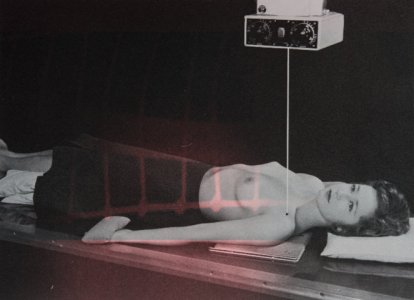Nuove cartografie corporee. Dal molare al molecolare, dal corpo trasparente a quello potenziale
Abstract
Diagnostic imaging has enacted a short circuit in the relationship between doctor, patient's body and medical image. This short circuit cannot be fully understood by using the category of transparency only. If it is true that the non-invasive imaging procedure is provided by the patient's living body at the center of their image, it is always a visual or interface-level multimedia support, or an app for health care: the body of the patient. The patient with her own signs and symptoms remains often absent from the biomedical image. Many artists have questioned the body made (only apparently) transparent and accessible by the gaze of diagnostic imaging techniques investigating, in particular, the relationship between biomedical data, their visualization and the technological interfaces that mediate the care relationship. In this article I trace the transition from the transparent, molar body to the potential, molecular one and show how, in the midst of the revolution brought about by predictive and personalized biomolecular medicine, it is still possible for artists to bring the patient's body and words back to the center of attention.

Pubblicato
Come citare
Fascicolo
Sezione
Licenza
Copyright (c) 2023 Elephant & Castle

TQuesto lavoro è fornito con la licenza Creative Commons Attribuzione 4.0 Internazionale.





